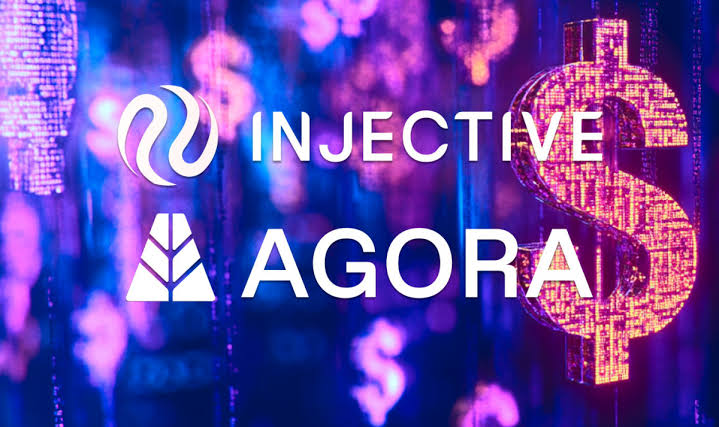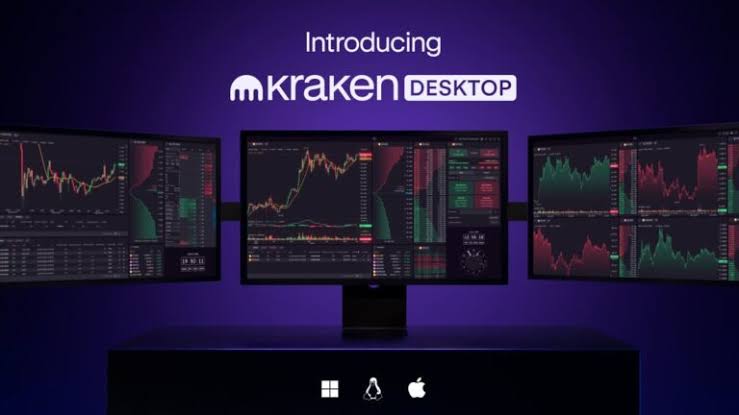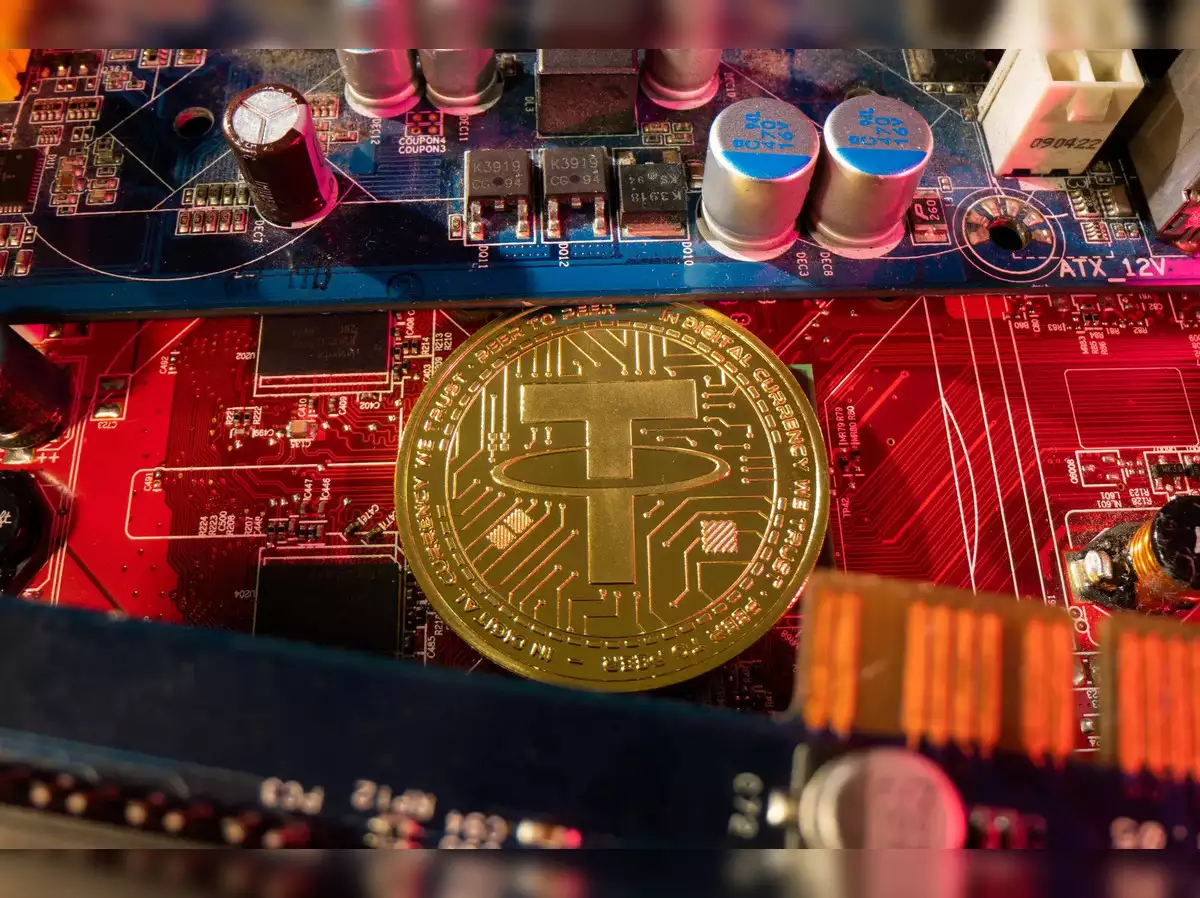Agora’s USD stablecoin expands its reach with a new listing on Injective, building on its existing presence on Ethereum, Avalanche, and Sui Networks.
Injective, a decentralized protocol that facilitates trading on the Polkadot and Ethereum blockchains, has introduced its inaugural stablecoin. The stablecoin is known as Agora’s US Digital Dollar (AUSD), according to a press release. Users will have access to a low-risk asset through this fully collateralized stablecoin. Similarly, it is intended to streamline transactions within Injective’s ecosystem and establish a connection between Decentralized Finance (DeFi) and Traditional Finance (TradFi) markets.
An injective AUSD provides users with a total yield
AUSD is managed by State Street and is backed by VanEck, an asset management company. This asset will allow users to easily trade in various markets and earn rewards through staking and lending. As a result, users will directly benefit from the increasing value of Injective.
Additionally, Injective implemented the AUSD to enhance liquidity between DeFi and TradFi. This new stablecoin aims to attract a more significant number of users and liquidity providers to the platform. Agora’s AUSD functions as a reliable and efficient transaction method, preventing users from reverting to fiat or more volatile cryptocurrencies. The objective is to facilitate transactions between Injective and other financial markets that are more efficient and seamless.
AUSD aims to enhance the interaction between institutional investors and DeFi markets. AUSD users can be assured that their assets are securely stored, with State Street as the custodian. This arrangement aligns with Injective’s objective of establishing a decentralized and transparent financial system.
Sui, a Layer-1 blockchain, previously announced the launch of the AUSD stablecoin. AUSD was ranked as the second native stablecoin within the Sui ecosystem due to this strategic deployment. The utility and accessibility of both platforms are improved by integrating AUSD into the Sui Network. It also promotes a financial ecosystem that is more interoperable and inclusive. Additionally, AUSD is accessible on the Ethereum and Avalanche networks to demonstrate its widespread acceptance.
Numerous companies are exploring the stablecoin ecosystem. Ripple’s CEO, Brad Garlinghouse, has recently confirmed the impending launch of the company’s dollar-pegged stablecoin, RLUSD, which is similar to Injective. Brad Garlinghouse disclosed that the stablecoin is undergoing private, closed beta testing, with a public release anticipated shortly. It is important to note that RLUSD is intended to be a complementary asset to Ripple’s XRP.
Additional Progress on the Injective Protocol
Injective’s latest upgrade, Altaris, was officially launched on the mainnet several months ago. As stated in the announcement, Altaris improves the overall experience for developers and users who develop applications on the platform. It is intriguing that the Altaris upgrade also referred to as the Injective Improvement Proposal 420 (IIP-420), has achieved the highest level of governance participation since the network’s inception.
The Altaris upgrade improves the platform’s scalability, increases its speed, and decreases the wait times for processed transactions on the chain. It also implemented numerous improvements to improve the network’s overall performance and chain speed. These enhancements significantly enhance chain-level consensus and flexibility, offering developers a more efficient experience.
In January, Injective implemented a mainnet upgrade known as Volan. This upgrade is integrated with a software module designed explicitly for Real-World Assets (RWAs). The primary objective of the Volan upgrade is to grant institutional and individual users access to a variety of structured products.



